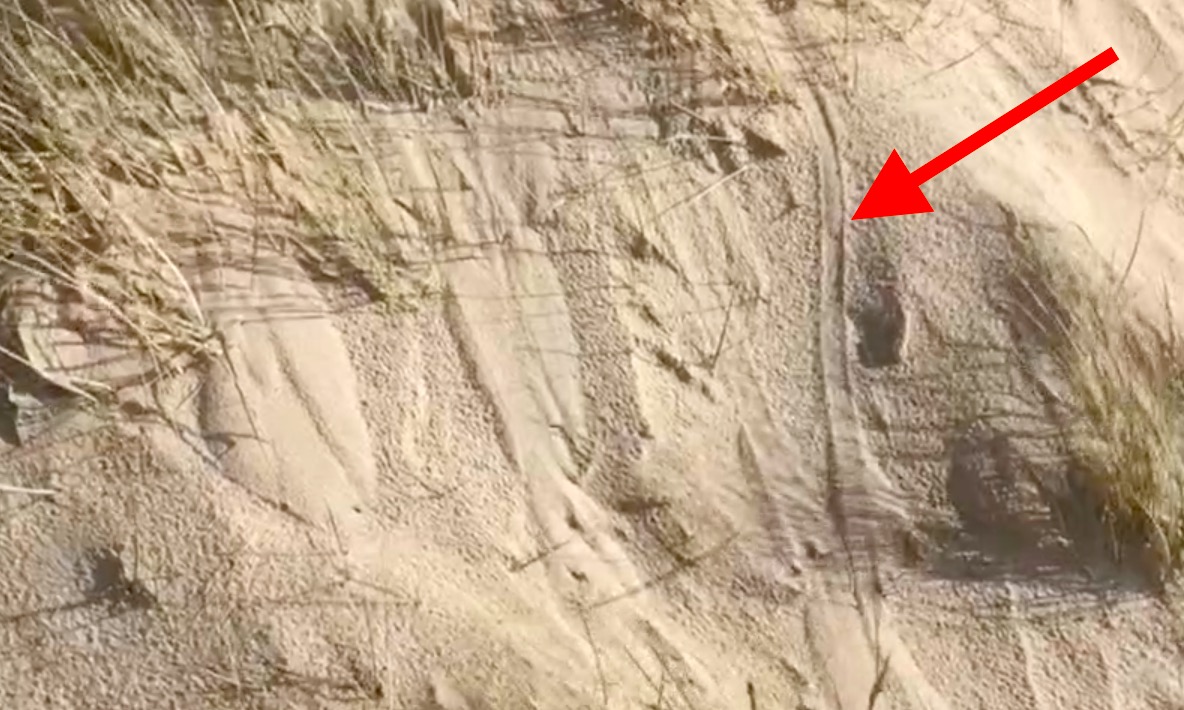
Roll waves in the sand dunes? Observing erosion
On our trip to the west coast yesterday, I observed something really cool: Sand roll waves (I think!) in the sand dunes!
But before I get to that, this is the setting on Sylt. A sandy beach opening up to the North Sea, that is separated from the land by sand dunes which are overgrown with some kind of beach grass.
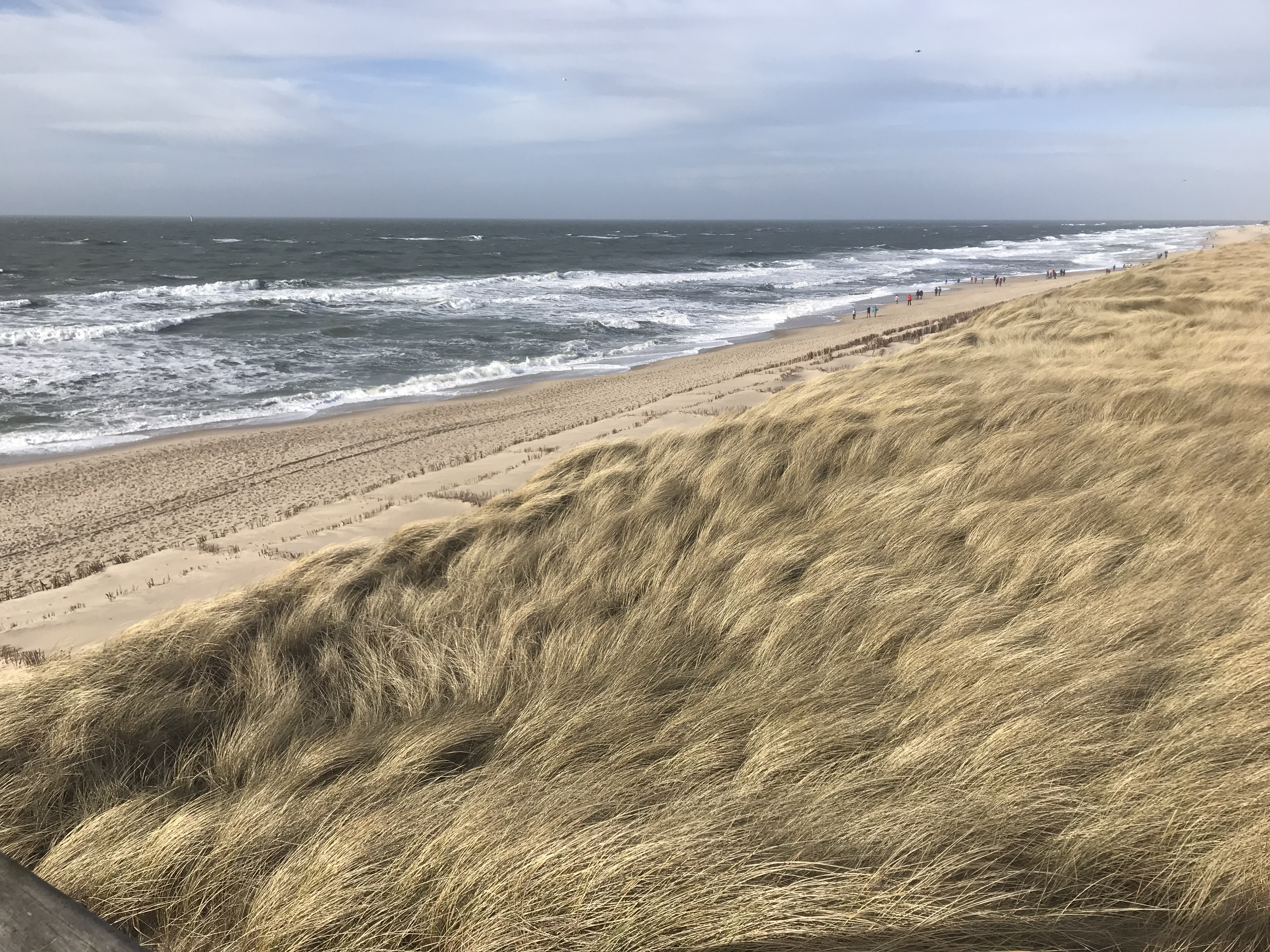
Yesterday was a windy day as you see from the waves, but neither was the water level very high, nor was the wind anywhere near as strong as it gets here during winter storms, so the erosion happening yesterday is not very strong compared to what it is like during more extreme weather conditions (and the process I am focussing on here is probably one of the least important ones).
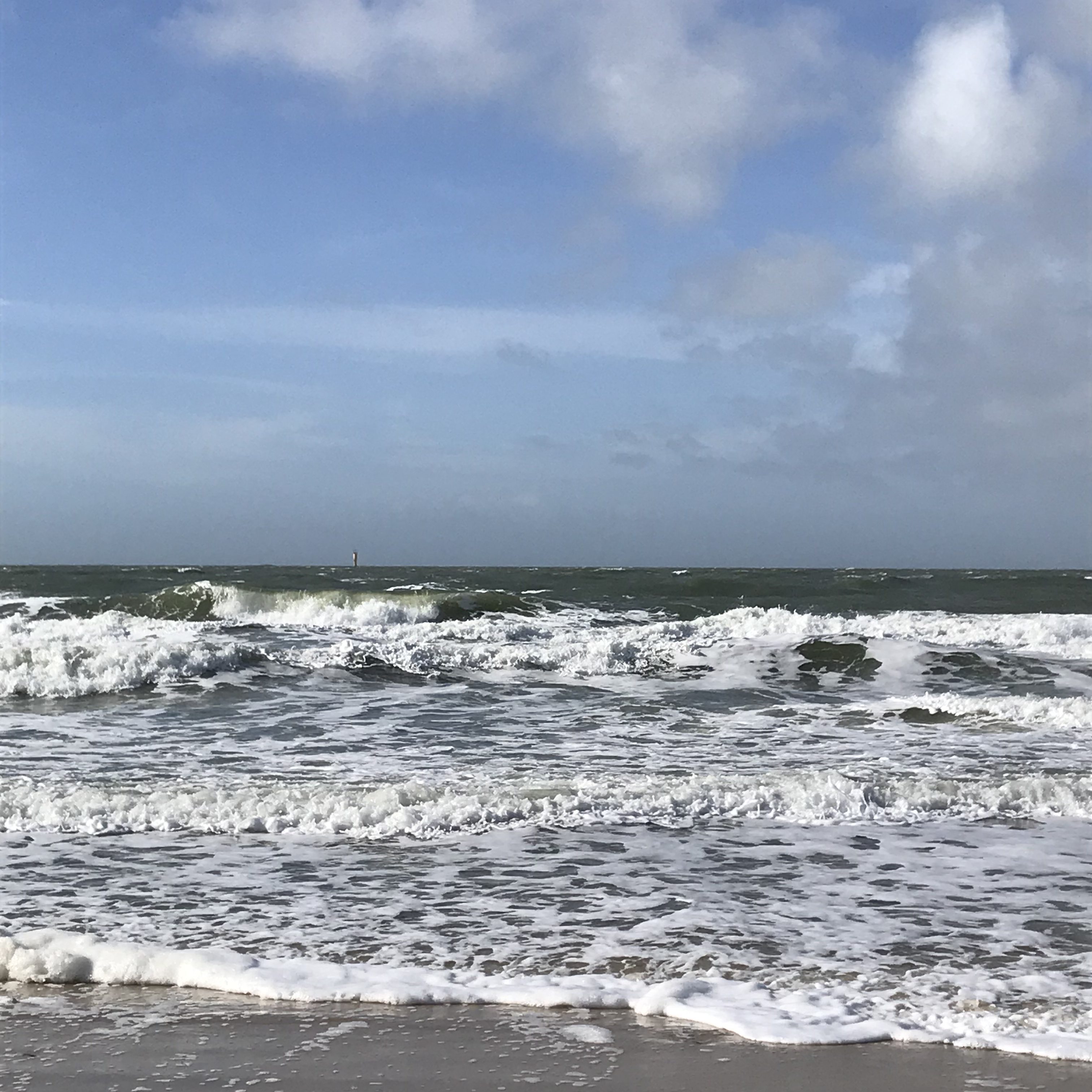
In order to prevent erosion of the dunes which protect the inland from storm surges etc, it is crucial that the beach grass growing on the dunes isn’t stepped on by the hundreds of tourists visiting this beach every day (probably thousands during summer). Therefore there are these wooden staircases installed in regular, short intervals to bring people across the dunes without them doing any damage to the vegetation.
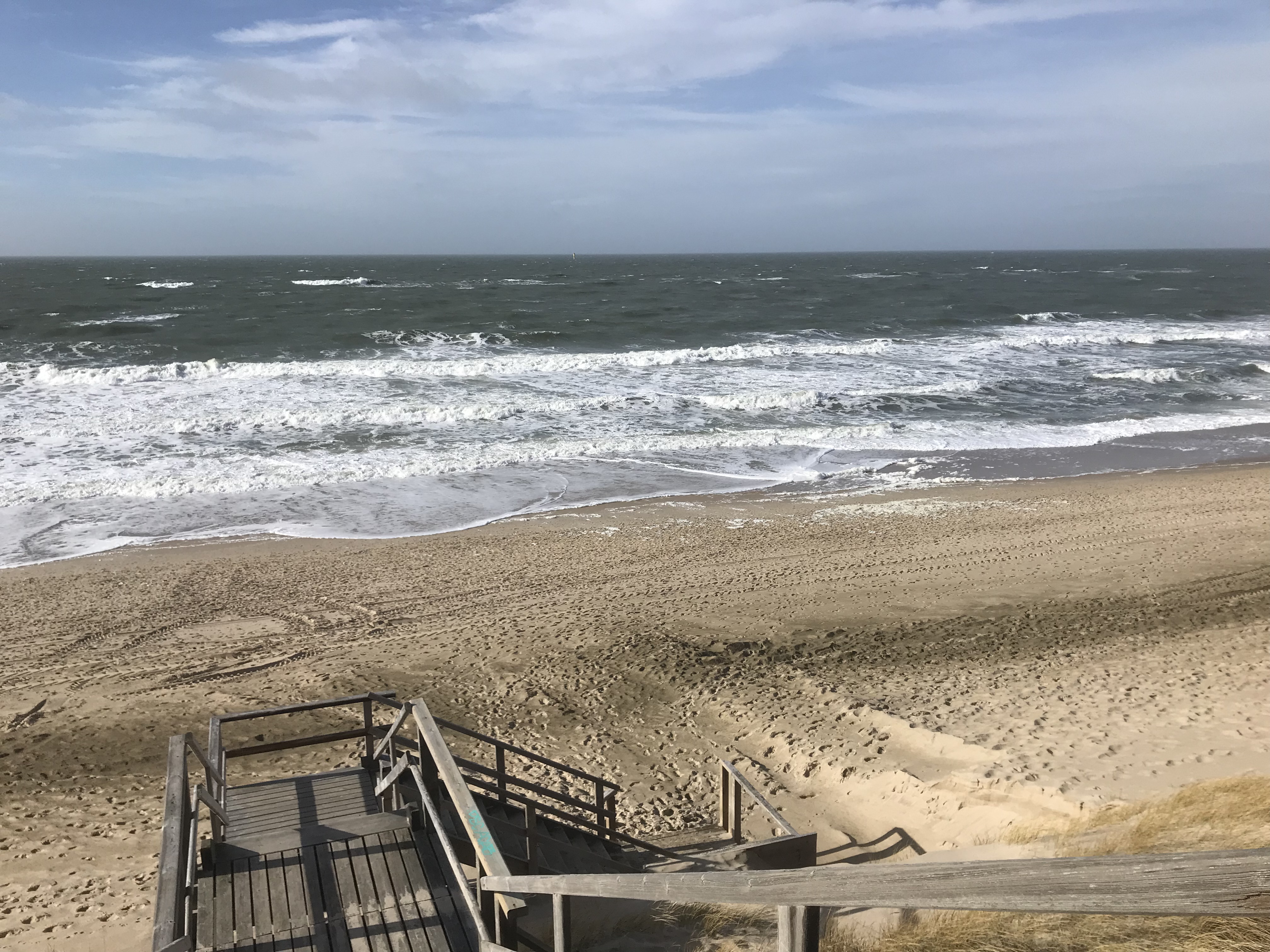
Therefore, in most places, the dunes look like this.
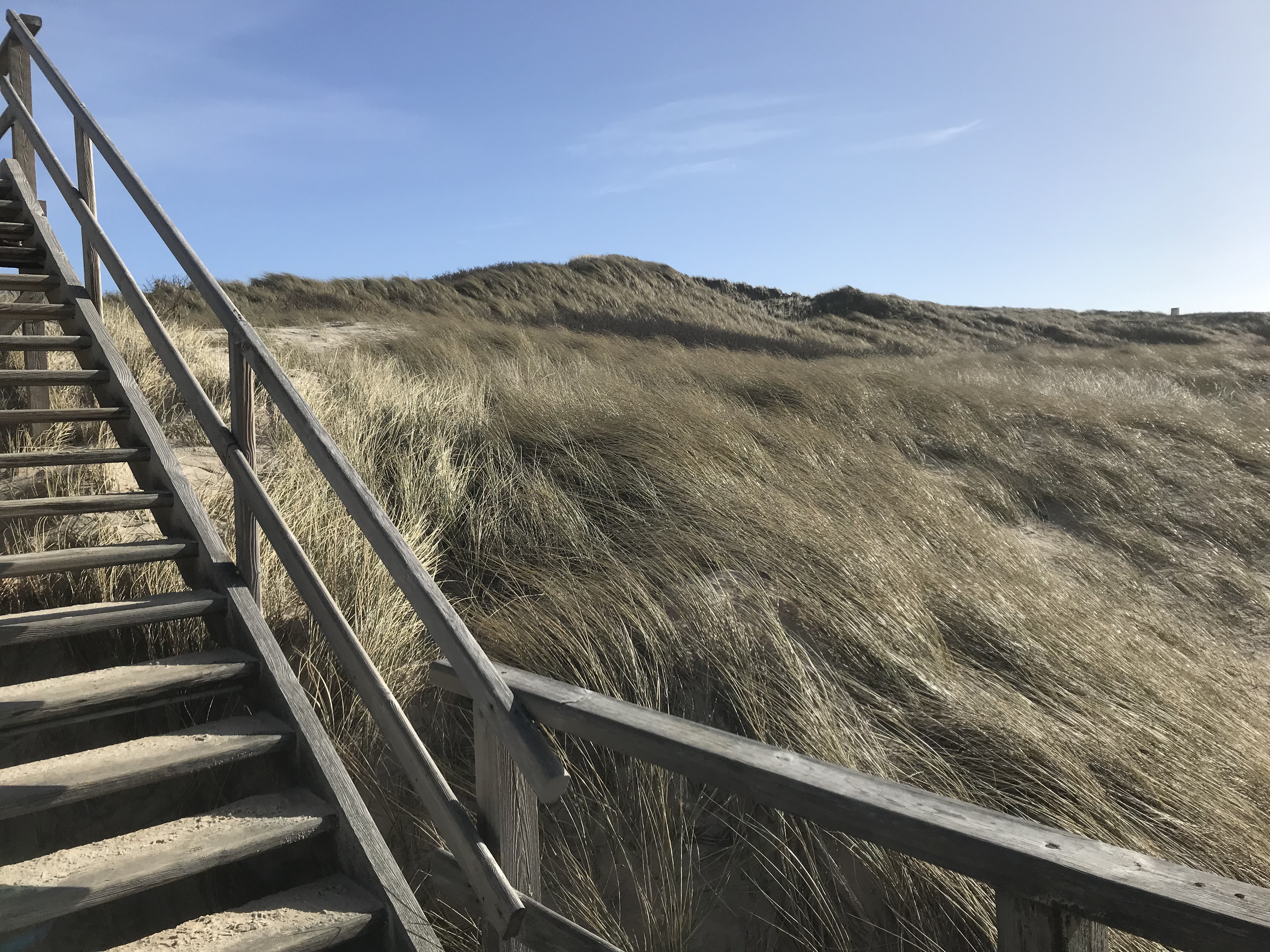
In some places, though, there is little or no grass growing on the dunes, so imagine what kind of damage strong winds can do here, let alone a storm surge!
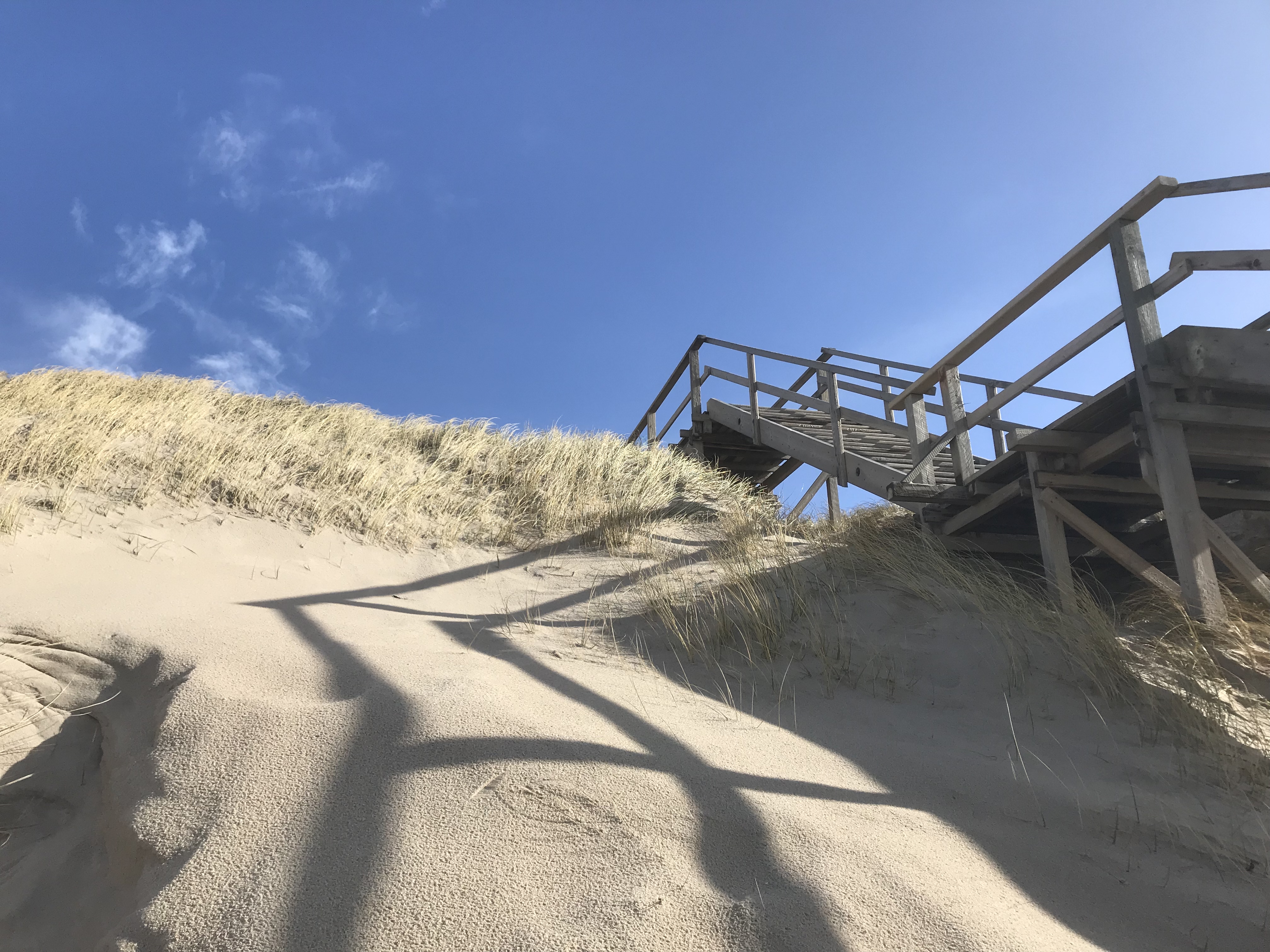
And in one of these open sand areas I observed what I think are roll waves. Do you see what looks like a drag mark a little right of the center in the picture below?
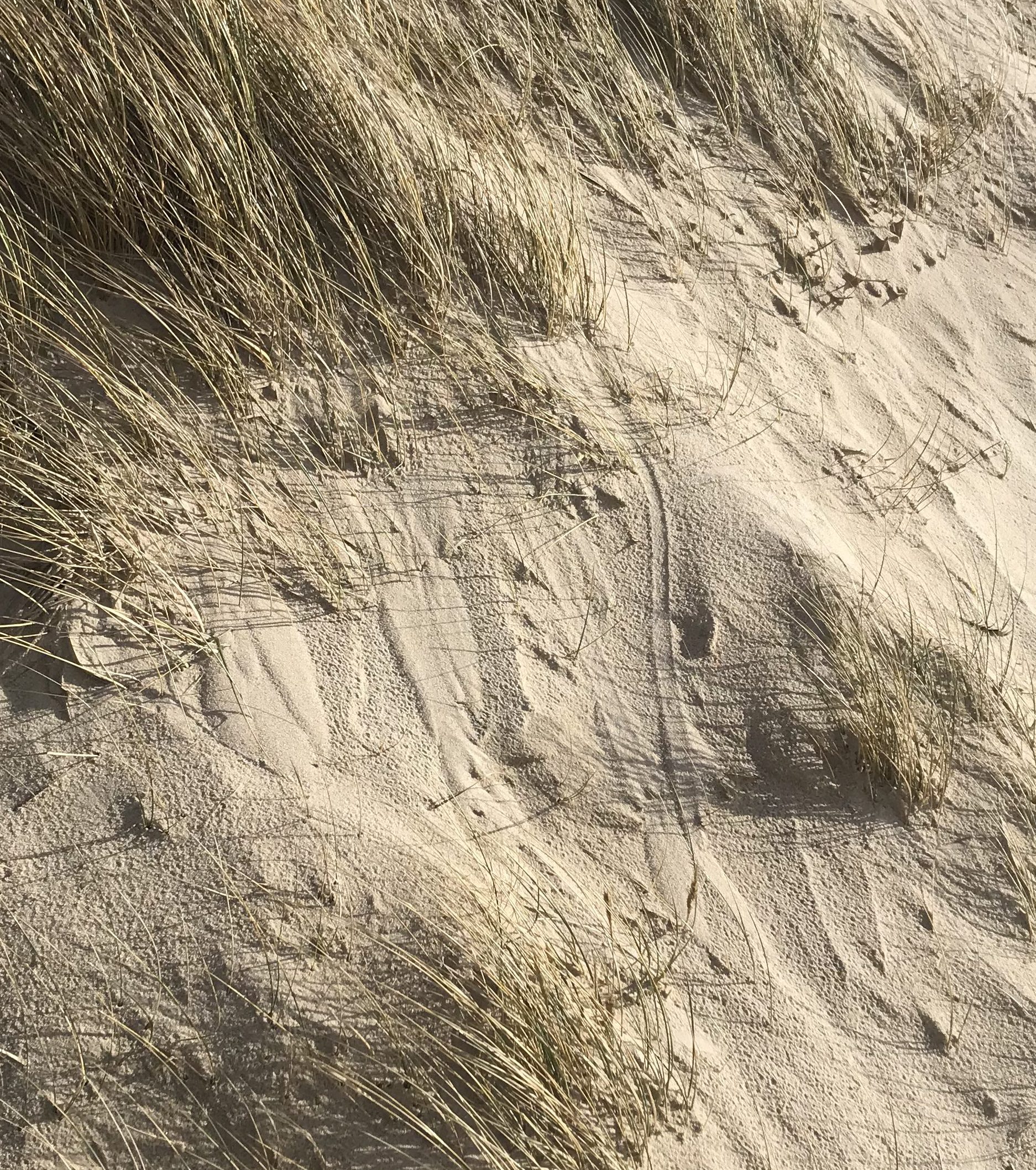
Check it out in the movie below (it zooms in after 5 seconds to show it more clearly) — there is sand surging down this track! To me this looks very similar to roll waves, and I know roll waves have been observed in sediment flows and lots of other places, so why not in the sand of these dunes? What do you think?